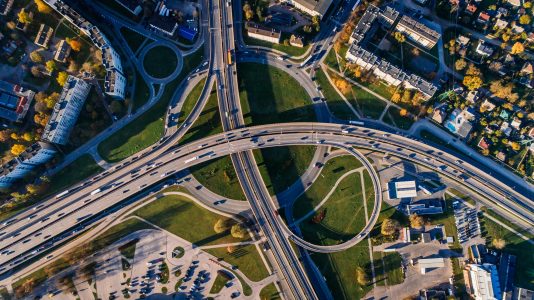In this brief, postdoc Damian Stefaniuk and research assistant Marcin Hajduczek outline how their method for carbonation before curing can offer a new solution for concrete sustainability.
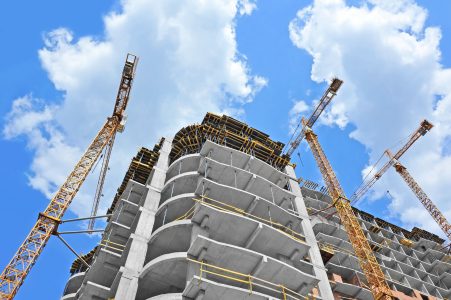
In this brief, postdoc Damian Stefaniuk and research assistant Marcin Hajduczek outline how their method for carbonation before curing can offer a new solution for concrete sustainability.

We were excited to join the MIT Center for Real Estate at their World Real Estate Forum. Randolph Kirchain presented on circularity in the built environment, and how concrete is an essential part of it.
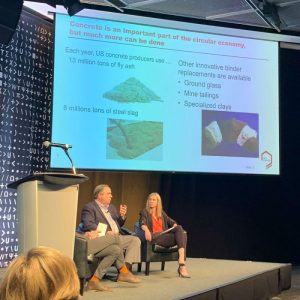
During this webinar, Hessam AzariJafari led a presentation of a new CSHub framework for modeling the lifetime CO2 uptake of cement-based products at the national scale.
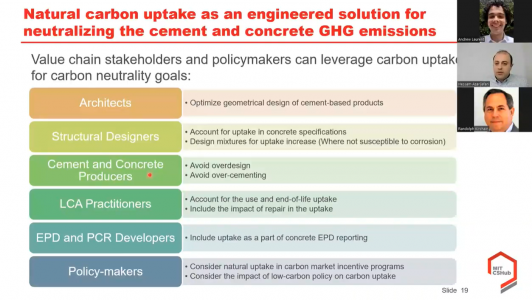
The growing threat of climate events like hurricanes makes the value of resilient construction clear. To help us understand resilience where fragility curves may fall short, Hub alum Konstantinos Keremidis, Sc.D. has developed a model to quantify damage for any building design for structural and nonstructural elements.

On March 29th and 30th, 2023, we welcomed industry and academics to MIT to discuss the state of the professionals that keep the world moving: concrete delivery professionals (CDPs). During the workshop, the assembled experts identified innovative solutions to CDP recruitment and retention as well as the future of the profession.
We deeply appreciate the support of the Concrete Advancement Foundation — without them, this event wouldn’t have been possible.

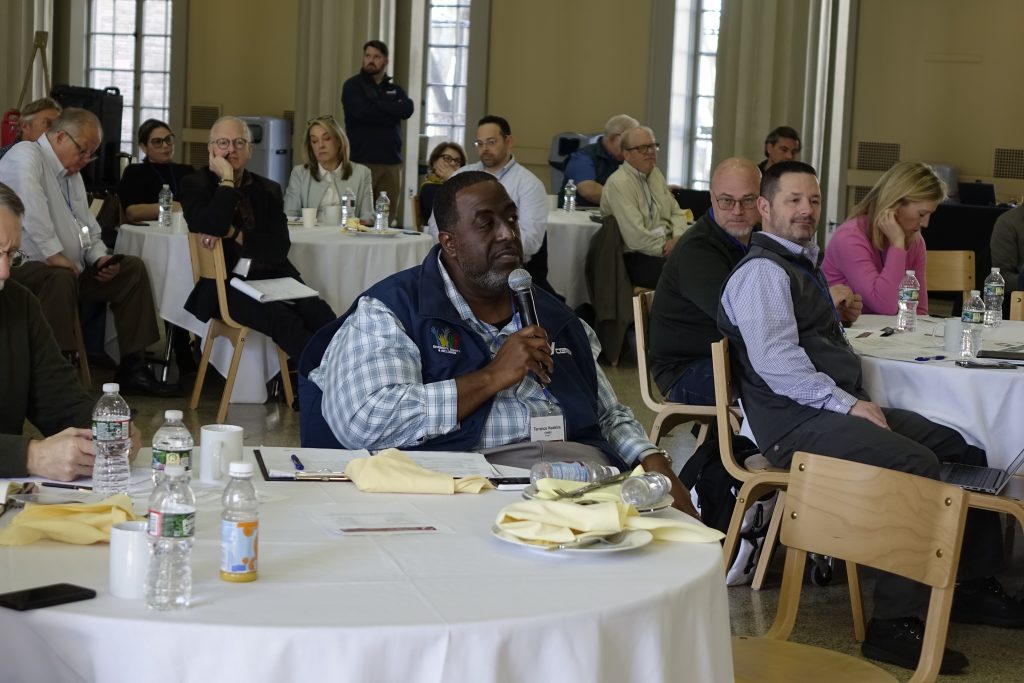

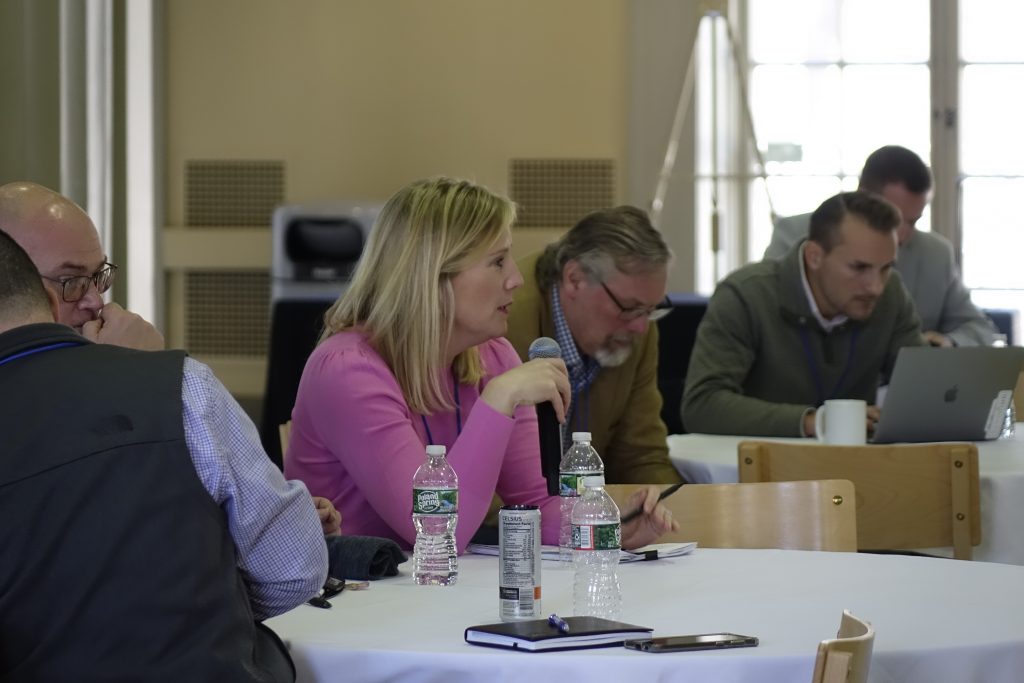

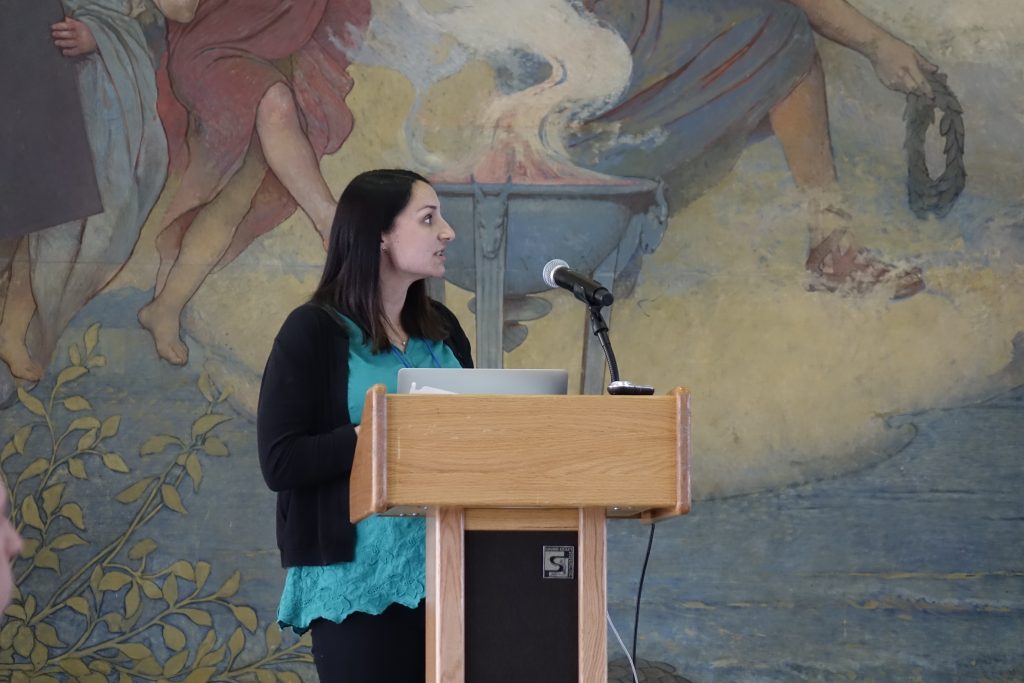
“Carbon uptake is one more piece of the puzzle that makes concrete a sustainable choice for building in many applications.” In this MIT News story with Hessam AzariJafari, we cover the implications of uptake for life cycle assessment, including how it can be accelerated (where prudent).

“It went kind of viral, inasmuch as a materials science paper can captivate the internet.” NPR’s Emily Kwong and KimBerly McCoy join Hub researcher Admir Masic and Linda Seymour, Ph.D. to discuss groundbreaking research revealing the mechanisms behind ancient Roman self-healing concrete.
Listen to the interview.

“If we are to meet climate goals such as the Paris Agreement, which demands that we reach carbon-neutrality by 2050 to avoid the worst impacts of climate change, we — as well as industry and governmental stakeholders — must come together to take a hard look at the roads we use every day and work to reduce their life cycle emissions.”
Click to learn why the path to a carbon neutral pavement network demands regionally specific policies, widespread investment to help implement decarbonization solutions, and above all, collaboration between industry and government stakeholders.
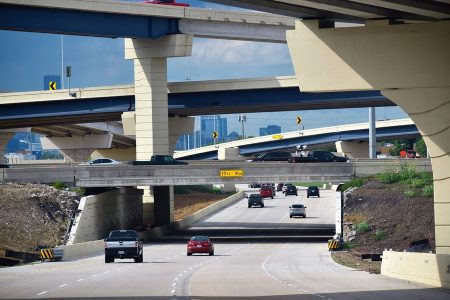
Hessam AzariJafari presented at Payette’s YDC Knowledge Series today, discussing the significance of carbon uptake, an intrinsic process of concrete, in assessing the environmental footprint of buildings and infrastructure. Architectural decisions significantly influence the ability of a given concrete structure to sequester CO2.
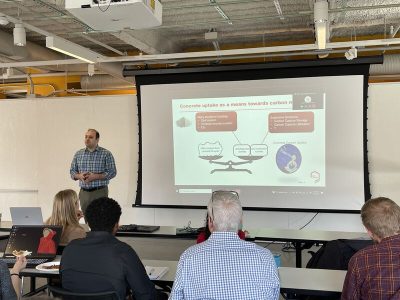
In our new paper in the Springer Nature Group International Journal of Life Cycle Assessment, Deputy Director Hessam AzariJafari, Director Randolph Kirchain, and Fengdi Guo modeled embodied impact of future pavements materials demand for the U.S. road network.
Lessons learned:
1) When currently scaled solutions are accelerated and adequate carbon capture technologies are available, carbon neutrality can be achieved by 2050.
2) GHG emissions from pavement construction materials are equally shared between local authorities, state DOTs, and the federal government.
3) Considering the performance limits, more than half of the material’s decarbonization way can be achieved without any innovative technologies.
4) Carbon capture and renewable energy sources are key enablers for achieving carbon neutrality. Without fully renewable energy sources, it is not possible to achieve carbon-neutral concrete and asphalt at the current efficiency level of carbon capture technologies.
5) Alternative concrete binders, mixtures optimization, and RAP are among the lowest-cost solutions for materials decarbonization.
6) In addition to construction materials, achieving carbon neutrality in the pavement life cycle requires more than just materials. A range of use-phase components, including albedo, pavement-vehicle interaction, carbon uptake, and end-of-life opportunities, can provide significant opportunities to reduce carbon dioxide emissions from the life cycle of pavements.
